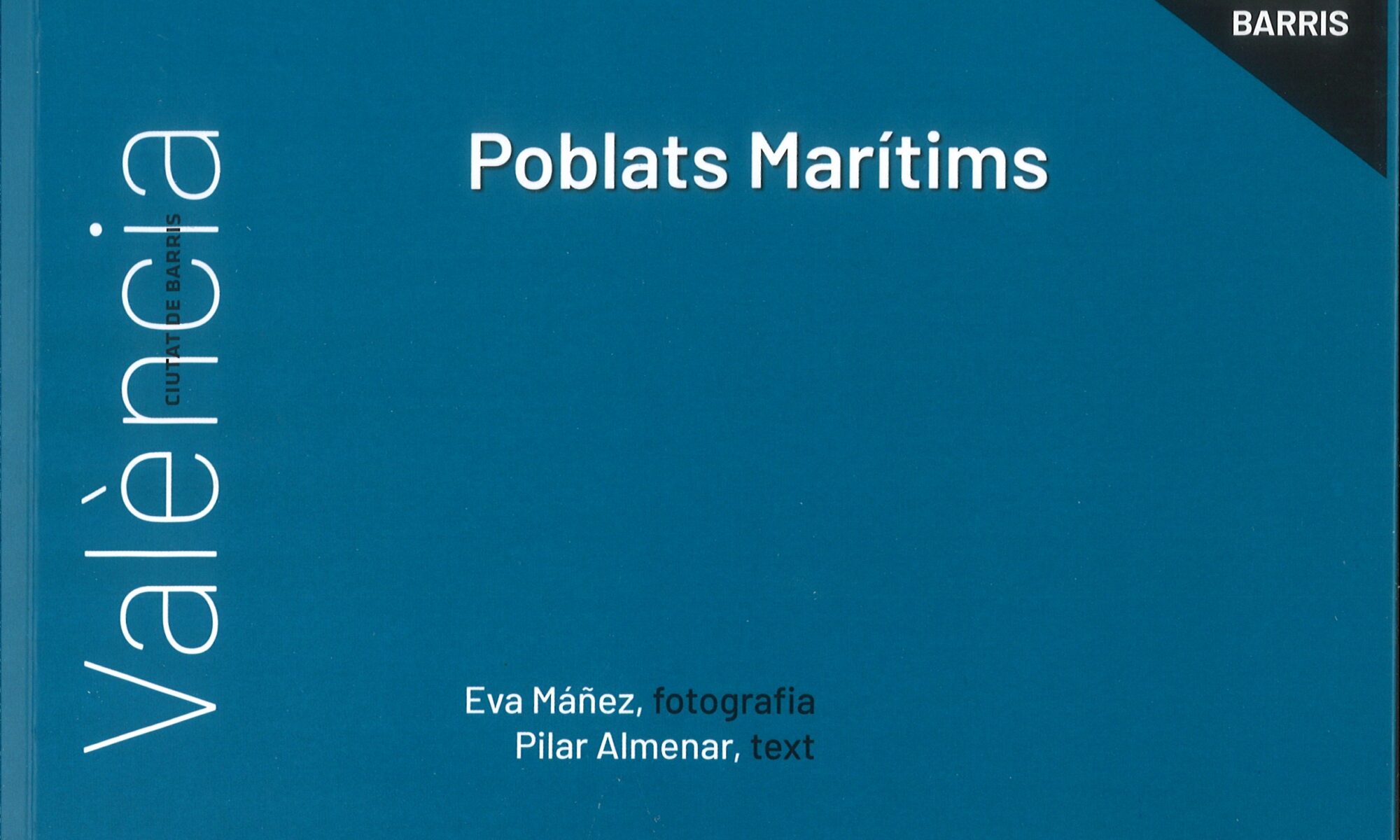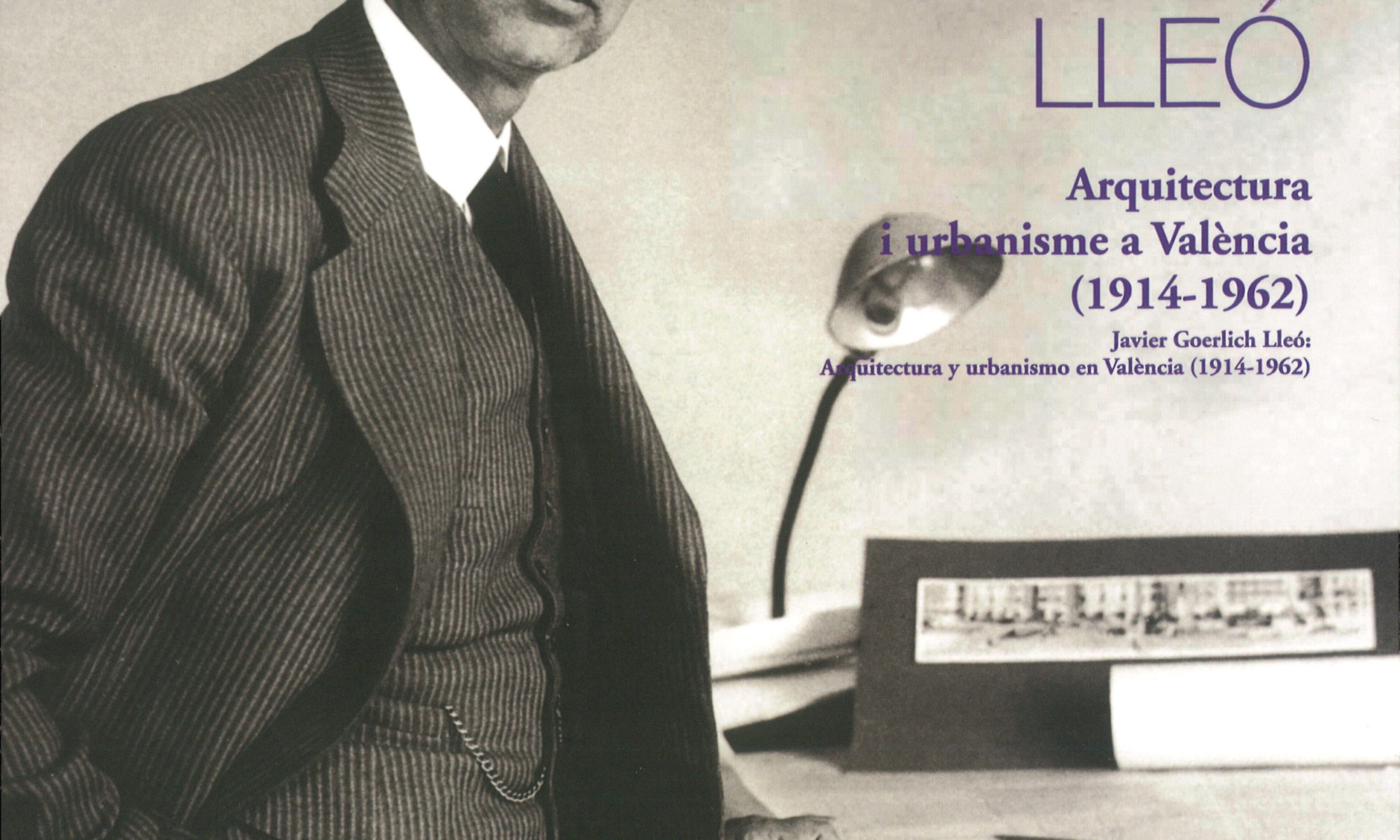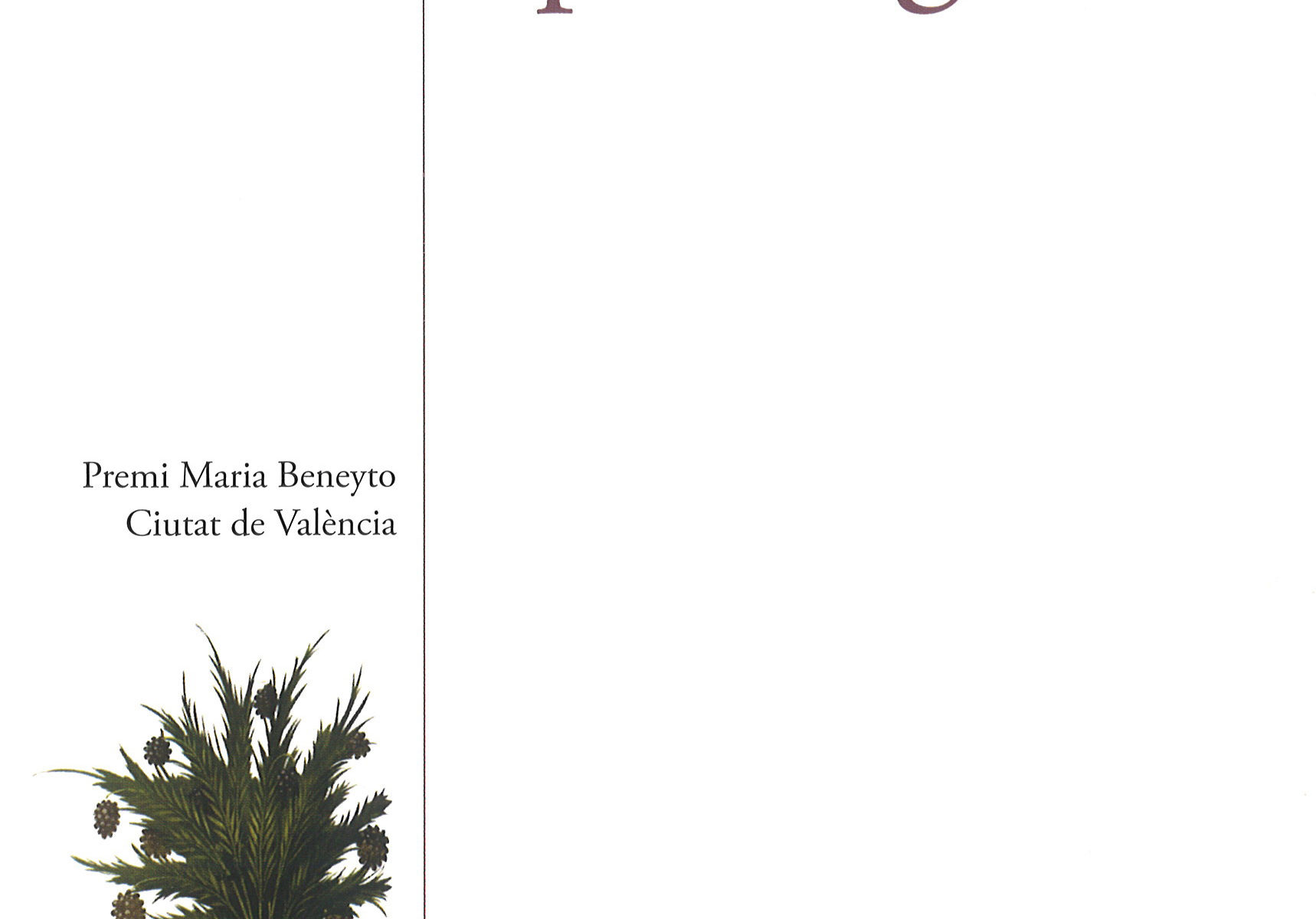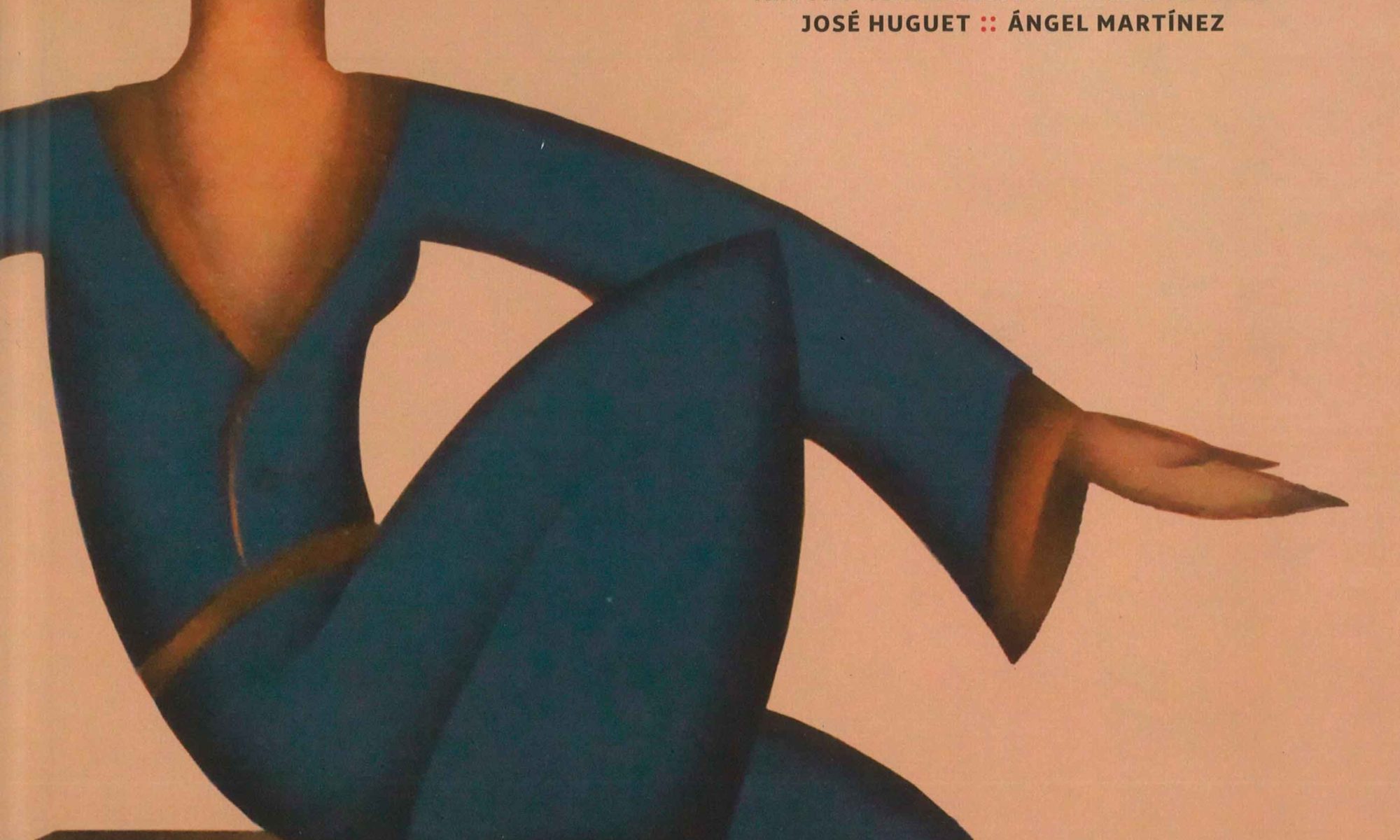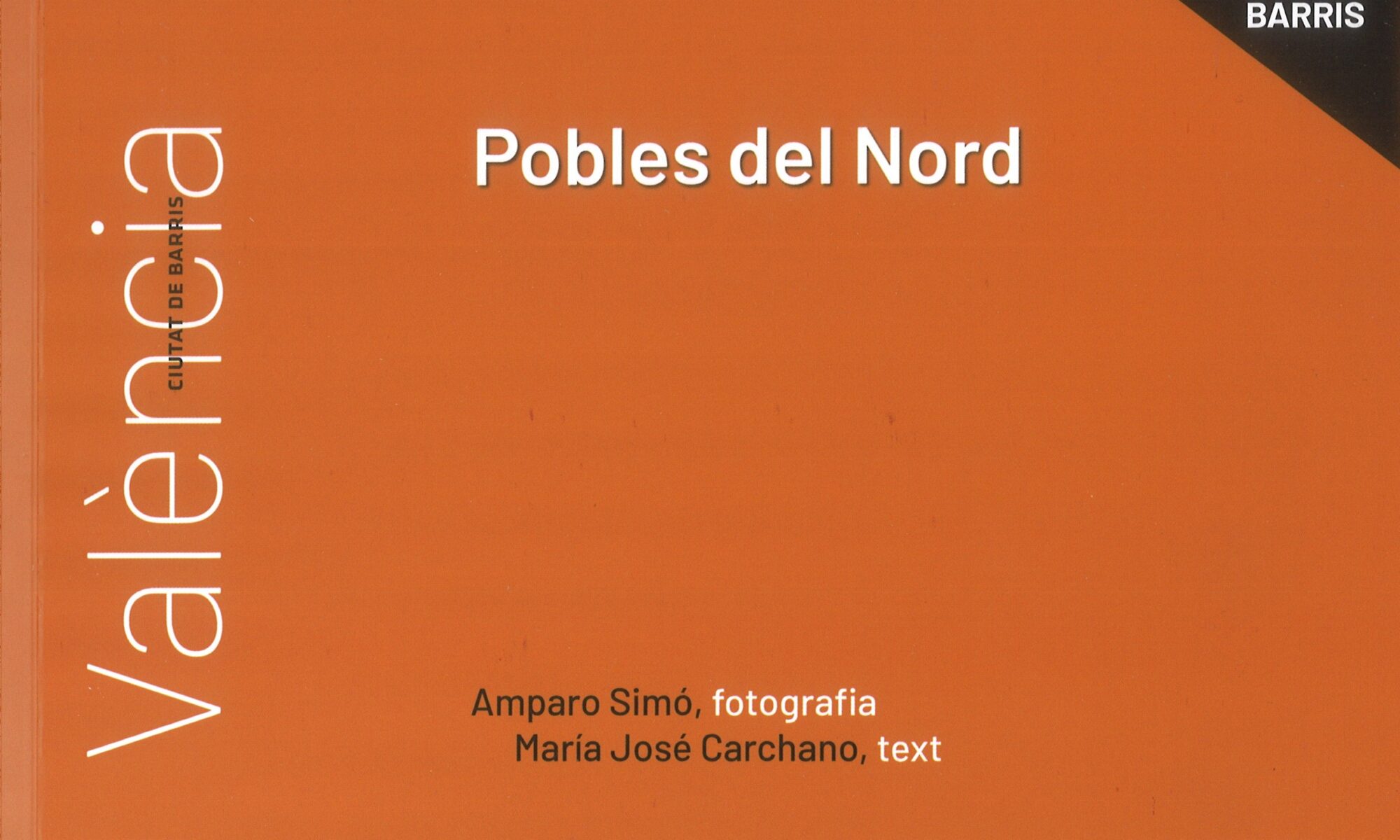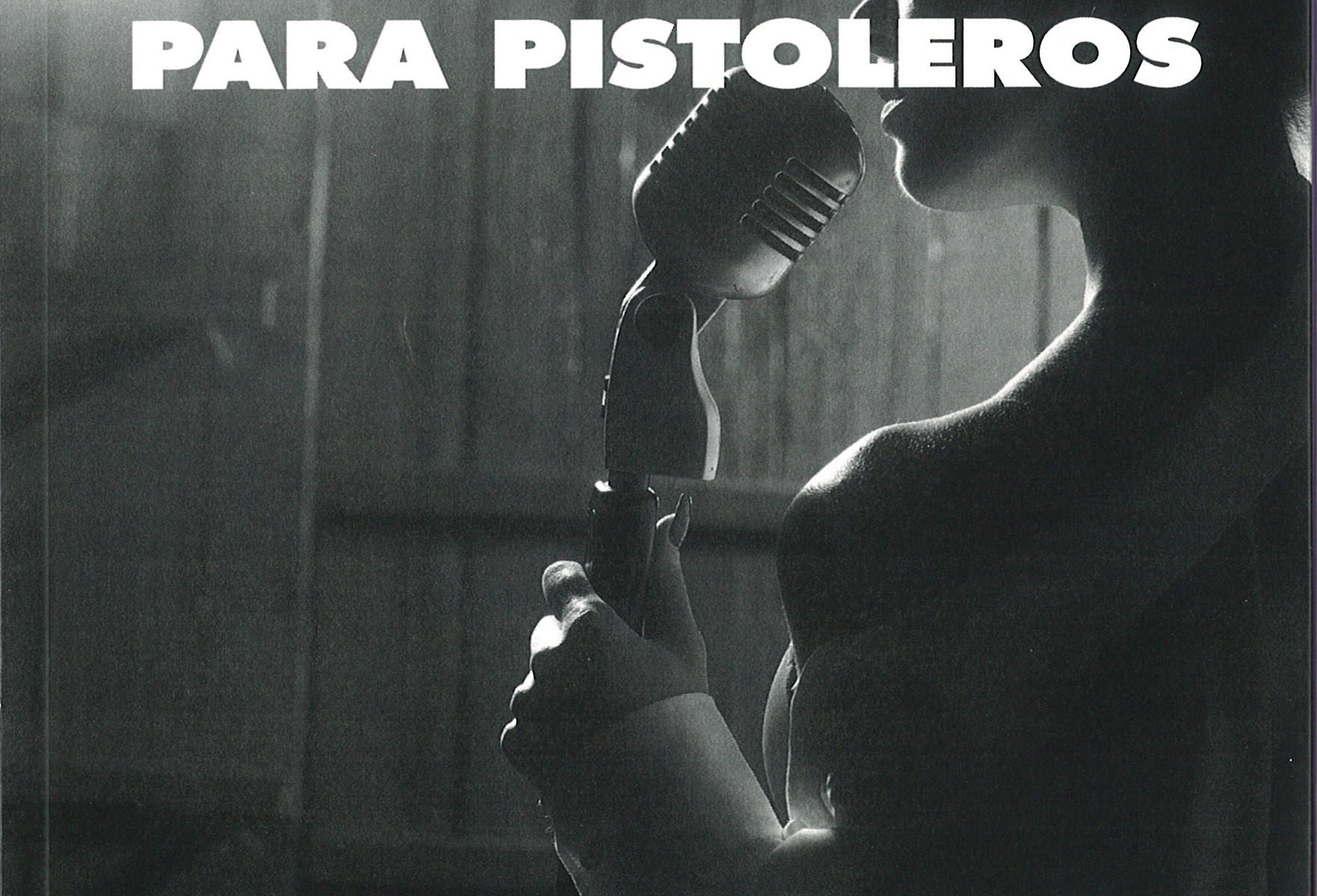Who is Guillermina Medrano? And the author dies?, in short. Who are the characters that label our streets? From the historical toponymy of the medieval city to the one that began to take shape in the mid-nineteenth century and has reached our days, the city of Valencia offers in all its neighborhoods a complex corpus of names in the list of streets from which we can reconstruct a large part of our common history.
Illustrious of our streets, doctors, painters, politicians, actors and saineters. Great strangers who nevertheless swell, with their moms labeled in monotonous plates, our daily lives. Names acquired by repetition that deserve to be rediscovered. That is the idea, to make Valencia and its urban heritage, our streets and neighborhoods known, in an entertaining and educational way.
This book is an opportunity full of suggestions and ideas to explore almost everything about three of the most interesting historical areas of Valencia, and, to a certain extent, also the least known: the neighborhoods influenced by the sea. Algirós, Maritime Villages and Roads to Grao. To document this guide we have read, watched film. I walked through the neighborhoods day and night, ate in their restaurants, enjoyed their theaters, interviewed the older neighbors, and entered their pens and houses. We will travel with you by bus, metro, tram, bike or walk, and we will propose ideas to avoid the car and so that you feel the sea breeze on your face. Are you coming?
Maria Beneyto Award – XXXVI City of Valencia Awards
Iban L. Llop (Borriana, 1975) is a philologist, translator and poet. Since 2007 he has been a professor of Catalan language and literature at the Department of Humanistic and Social Sciences of the University of Sassari. With regard to literary production, he has published the collection of poems Sala d’espera (2013); Battles of Sardinia (2011), Iban Jafadja City of Alzira Prize 2010; Crònica de Calabria (2009), winner of the 2009 Alfons el Magnànim Poetry Prize; Book of Naples (2003), Ausiàs March Prize 2002; Blue Hotel (2000), Miquel Àngel Riera Award 1999; Brackish leather and corcaded wood. He has translated the dramatic work Light Steps, by Dacia Maraini and The Contrary Word, by Erri De Luca. With Serps i paisatges he has won the Maria Beneyto Prize for poetry in Valencian at the XXXVI City of Valencia Awards.
This book is the result of an effort to give prominence to a type of graphic representation, with a lack of advertising will, very present in our lives despite its ephemeral character. The City Council of Valencia supports this effort, a contribution so that the importance of ephemera ceases to be an almost unknown territory, however little explored.

There are already numerous collections and publications dedicated to collecting Ephemera, those types of labels, objects, reminders… which receive that name, precisely because they are not designed to endure, but to enjoy an ephemeral life, circumscribed in time, since they have not been conceived with the same artistic will. However, many of these objects are children of their time, and in a small format, and in a modest way, they reflect the styles and sensibilities of each moment.
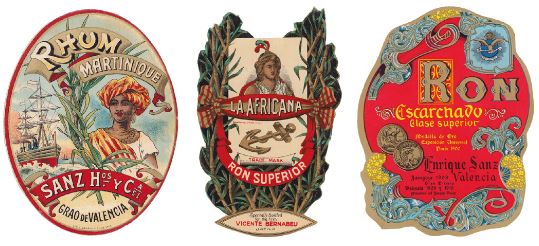
A tour of the part of the city that best sums up the formation of the great Valencia: its horticultural origins, the demolition of the wall, expansion of the crossroads of centuries, the creation of the bourgeois classes and the projection towards the future. The reader is carried away by the images of the photographer Eva Ripoll and the texts of the journalist Pilar Algarra for this gentle walk through the cosmopolitan Ruzafa, the flirtatious Pla del Remei, the elegant Gran Via, the new bed of the Turia and the urbanized arteries that connect the city with the orchards and the Albufera. The authors let the pedestrian-reader draw their own conclusions about the generous grandeur of Valencian Art Deco and its floral relationship. They simply insinuate, point out, point out, quote… and they prepare each page as if it were a gift.
<<Crescent clay. Islamic ceramics in the city of Valencia: 35 years of urban archaeology>> is the title of this exhibition project, around the exceptional municipal collection of ceramics emerged from the kilns of ancient al-Andalus and methodically recovered by the Municipal Archaeological Research Service (SIAM) over the last thirty-five years, thanks to the collective work of a whole generation of archaeologists. A whole universe, recovered from a secular oblivion, of forms of vessels, decorations or Arabic inscriptions, of high symbolic and iconographic content, which to the Valencians of the third millennium relays, here and now, the daily life and collective imagination of those pre-Valencians of eight hundred or a thousand years ago.
To enter the Northern Peoples is to travel in time to the roots of our ancestors, to places that have hardly changed in recent centuries, that preserve infrastructures of the Islamic era, people with a great sense of belonging to their land, where millennial customs endure. lenarians who have defined the character of the Valencians. The squares of Borbotó, the ecclesiastical past of Carpesa, the noble footprint in Benifaraig, the farmhouses of Massarrojos, the valuable orchard of Poble Nou, the survival of the Cases de Bàrcena, the paradise of Mauella, the remains of Tauladella, the still wild nature of Rafalell and Vistabella, create a unique and unknown landscape worthy of knowing and preserving.
Vicente Blasco Ibáñez Award XXXVI City of Valencia Awards
Eduard Escalante Award – XXXVI City of Valencia Awards
Diana is a well-known DJ who travels the world playing in the most select clubs. His half-brother, Noel, a drug addict on the edge of the abyss, is his only companion in this perile. They haven’t stopped at home for months, but neither of them wants to go back, because that would mean resuming their toxic relationship with their mother. The father, on the other hand, has long since left the family picture due to a domestic accident that may be, was not at all fortuitous.
Paco Romeu (Valencia, 1967) is a self-taught playwright, but he has also cultivated other artistic facets, such as scriptwriting, musical composition or short narrative. His career has been recognized with several awards, such as the Palanca i Roca Theater Prize or the Xaro Vidal Children’s Theater Award. In Bromera he has published the play Iceberg, among others.
The name of Urban Story encompasses the 16 contributions that make up the eighth volume of this unique history of the city that since 2000 has been analyzing, with a high level of demand, the different episodes that have contributed to shaping the Valencia we know today.
An attempt at global understanding that requires the contribution of diverse visions that help to understand the always complex urban dynamics.
Therefore, since the initial volume, experts in architecture, archaeology, history of art, geography, or economics have joined their intellectual effort to configure a theoretical body that constitutes at this time a unique example in the field of research in what has been called Urban History.
At the crossroads of the streets of Quart and Guillem de Castro rise majestically the Torres de Quart guarding one of the accesses to the old quarter of Valencia since the fifteenth century. If we cross this door towards Extramurs, we will find a surprising, modern and functional city, which invites us to discover through its streets authentic treasures, testimonies of the progress of society as we know it today. And this is what is presented in this volume: a pleasant and pleasant walk that takes us to the most recent past to understand today’s Valencia, of working class origin, through two of its districts and the nine neighbourhoods that form them: Extramurs, with the Botanical Garden, La Roqueta, La Petxina and Arrancapins; and Olivereta, which includes Nou Moles, Tres Forques, La Fontsanta, La Llum and Soternes.

